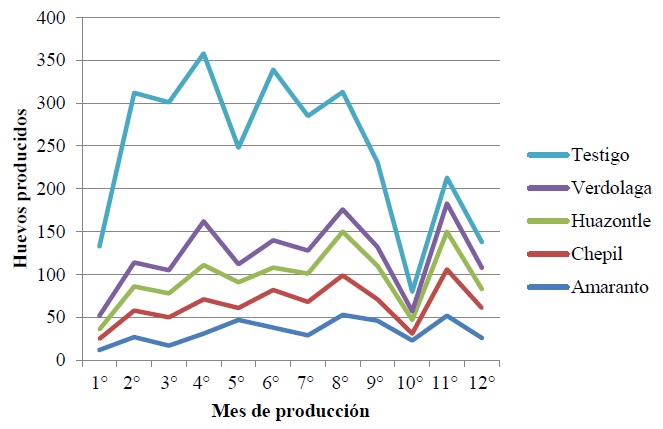Quelites in poultry feed
DOI:
https://doi.org/10.28940/terra.v41i0.1605Keywords:
amaranth (Amarantus sp.), chepil (Crotalaria longirostrada), blackberry (Solanum americanum), huazontle (Chenopodium berlandieri subsp. nuttalliae), purslane (Portuca olerecea)Abstract
In traditional poultry farming, the consumption of fresh plants is an important part of the diet and a fundamental component of the indigenous poultry raising technique. Therefore, the objective is to know the studies that have included some quelites for feeding domestic birds. Quelite is a term used to refer to edible tender plants which are used as a whole plant, sprouts, branches, leaves, petioles, stems or flowers. The present review will consider the quelites Amaranth (Amarantus sp.), Chepil (Crotalaria longirostrada), Epazote (Dysphania ambrosioides), Blackberry (Solanum americanum), Holy grass (Piper autitum), Guaje (Leucaena leucocephala), Huazontle (Chenopodium berlandieri subsp. nuttalliae) and Purslane (Portuca olerecea). Nutritional and nutraceutical characteristics of these chelites are presented. In tests of egg and meat production, both in hens and in native turkeys, the main results of these studies are presented. The use of quelites in poultry farming has begun to be tested in order to reduce production costs, without af fecting the productive variables or the quality of eggs or meat. Although contradictory information has been reported, there is enough evidence to continue this line of study. It is proven that quelites have dif ferent nutritional and nutraceutical properties, which are intended to be used in favor of producers and consumers; however, much research is lacking.
Downloads
Publication Facts
Reviewer profiles N/A
Author statements
- Academic society
- Terra Latinoamericana
- Publisher
- Mexican Society of Soil Science, C.A.

















